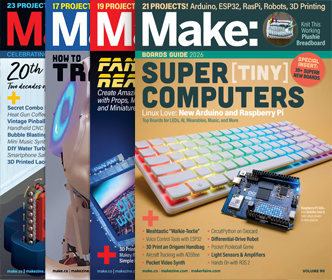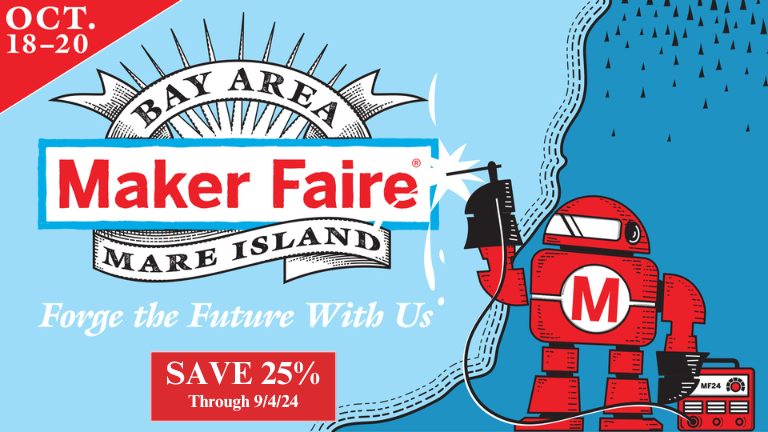Make Everything Possible!
By Karen Kaun
"Make Everything Possible!" engages young people in science, technology, engineering, art and math through embracing parents as partners in learning and making.
Type: Education

What inspired you or what is the idea that got you started?
In 2016, we were invited by the Office of Family and Community Empowerment (FACE) of the New York City Department of Education (NYCDOE) to develop a STEAM program for families and created FACElab a program to train parents with teachers to introduce robotics in NYCDOE classrooms. The problem our program addresses is: Teachers often refrain from doing hands-on STEAM because of large class sizes and individual support needed for students. The opportunities we identified: There are many parents who are curious about STEAM learning and or have prior experience and are interested in making meaningful contributions to their children's schools. Also this is a way for parents to increase their skill sets that may lead to new job possibilities. In 2019, we participated in Carnegie Mellon Robotics Academy's pre-apprenticeship program for electrical engineering and then, inspired to introduce circuitry and electronics to our community, we created "Make Everything Possible!"
What is your project about and how does it work?
A goal of "Make Everything Possible!" is to make STEAM accessible to more diverse groups of young people and their families. We developed an "interactive" comic book with NYCDOE art and science teachers and engineers, lessons that include atoms and elements, static and current electricity, simple circuits and testing more complex circuits with multimeters with activities that engage students in design, creating circuits and making mechanisms. Engineers, educators, artists and musicians created instructional videos for our web site and templates for circuits. In March 2020, we launched "Make Everything Possible!" in classrooms but were shut down by the pandemic. In a matter of months, we re-tooled, shipped hundreds of backpacks of materials to students' homes and launched live, online for students, their teachers and their parents. When the pandemic ended, we re-introduced the program in schools. All the content we created is creative commons and available for others to use.
What did you learn by doing this project?
Research says children benefit from parents’ involvement in their education, but schools sometimes struggle with how to engage parents in meaningful ways. This is sometimes our struggle. While we have attracted a number of parent volunteers who participated in our training workshops with teachers and did and do support the implementation of the program in classrooms, we haven’t attracted and retained as many parents as we hoped to reach. Hurdles include: time, extent of unpaid commitment, children moving up and on to other schools, and the pandemic. This said, parents have come to us with deep knowledge about their communities, culture and children that we leveraged in the development of our curriculum, activities and materials. It was important that we took the time to create safe spaces where all learn together, not worry about making mistakes (it’s inevitable when you’re pioneering new territory), and we continue to work on new ways to empower each other.
What impact does your project have on others as well as yourself?
Many parents who trained in our program have been able to facilitate classes without our assistance. For example, in Queens, NY eight parents and grandparents continued to run classes when our coaches moved onto new schools. The grandparents in particular commented that they felt they were able to make valuable contributions to students through the program. Other parents were hired by Makeosity and are now coaching in classrooms in nine New York City schools. Two also have children who interned with Makeosity during the summer and helped their parents implement the program. Students who have been part of Make Everything Possible! have said they see themselves as engineers, are able to apply problem solving skills they've learned to other activities and would like to continue to participate in more STEAM programs. Teachers who were unsure how to introduce STEAM and making in classrooms now feel confident. I have personally grown through my collaborations in our diverse community.




